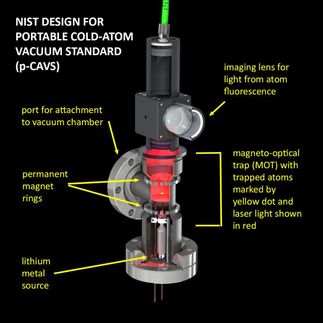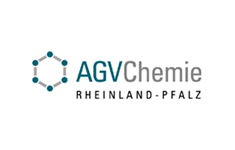Heavy metal glass helps light go the distance
The fiber optic cable networks linking the world are an essential part of modern life. To keep up with ever-increasing demands for more bandwidth, scientists are working to improve the optical amplifiers that boost fiber optic signals across long distances.
Optical amplifier research is focused on glass fibers doped with rare earth elements. The elements, such as erbium and ytterbium, amplify light signals when excited by a laser. Many different combinations of elements have been tried in pursuit of amplifiers operating in different communication wavebands. However, obtaining effective signal amplifications in those rare earth ions is challenging and requires advanced materials and manufacturing. And to be commercially useful, the glass must be both stable and low-loss, requiring a little energy to boost signals.
An experimental glass developed by a team from Dalian Polytechnic University in China and the City University of Hong Kong solves some of these manufacturing problems. The researchers incorporated heavy metal and alkali/alkaline earth elements such as lead, bismuth, gallium, lithium, potassium, and barium in an oxide glass doped with trivalent samarium rare earth ion. Among oxide glasses, the maximum phonon energy of these materials is nearly the lowest, which may induce multi-channel fluorescence emissions and obvious enhancement of quantum efficiencies of samarium ions.
During laboratory tests, the samarium glass released infrared energy at a wavelength of 1185 nanometers – within the window of fiber optical telecommunications – among other wavelengths. The results, reported in the Journal of Applied Physics, published by the American Institute of Physics (AIP), indicate adding samarium to heavy metal gallate glass is worth exploring for use in both fiber optic networks and lasers.
Original publication: Hai Lin et al ; "Optical evaluation of multi-channel radiative transitions originating from 4G5/2 level of Sm3+ in heavy-metal-gallate glasses"; Journal of Applied Physics 2010.
Other news from the department science

Get the chemical industry in your inbox
By submitting this form you agree that LUMITOS AG will send you the newsletter(s) selected above by email. Your data will not be passed on to third parties. Your data will be stored and processed in accordance with our data protection regulations. LUMITOS may contact you by email for the purpose of advertising or market and opinion surveys. You can revoke your consent at any time without giving reasons to LUMITOS AG, Ernst-Augustin-Str. 2, 12489 Berlin, Germany or by e-mail at revoke@lumitos.com with effect for the future. In addition, each email contains a link to unsubscribe from the corresponding newsletter.




























































